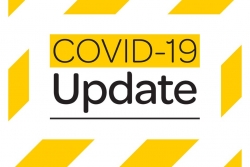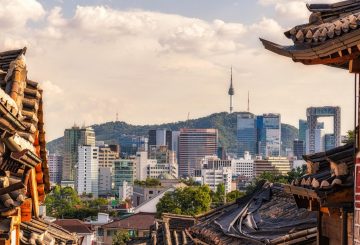尽管限制仍然适用,但这将意味着每个人都有更多的自由,因为除奥克兰之外的任何地方,从周二晚上 11 点 59 分降至警戒级别 2。
与之前的 2 级限制的主要区别在于聚会的限制。在室内,例如在酒店场所或活动场所,现在最多允许的人数为 50 人。在户外,这是 100 人,出席者必须在室内和室外活动中保存记录。在新的警戒级别 2 下,室内场所的社交距离从之前的 1 米增加到 2 米。
戴口罩
对于以下情况,必须在 2 级口罩:
- 零售工人,包括那些处于警戒级别 3 和 4 级的工人。
- 室内公共设施(例如图书馆、博物馆或健身房)的员工。在游泳池工作的人不需要戴面罩。
- 面向公众的法院、法庭、地方或中央政府机构或社会服务工作者
- 住宅送货司机,当他们离开车辆时。
- 咖啡馆、餐厅、酒吧、夜总会、汤厨房或任何其他食品或饮料业务的工人。
- 理发师、理发师、美容治疗师和按摩治疗师。
- 大多数公共场所的每个人都必须面罩
学生可以返回学校和大学吗?
所有早期学习服务、学校、库拉和高等教育设施将于周四全面重新开放。
学校活动或表演、文化活动和体育等活动也可以继续下去。
学生和老师不需要身体距离,但是访问学校的父母、照顾者和 whānau 应该尽量与他们不认识的人保持 2 米的距离。
不要求学生佩戴口罩,尽管建议 12 岁以上的学生使用。
除非他们生病,否则所有孩子都应该像正常一样重返 2 级的学校。
公共空间
公共公园和游乐场开放,您可以开车前往当地社区以外的海滩或公园。在 2 级,如果能安全地进行,你可以进行常规的体育和娱乐活动。





























































